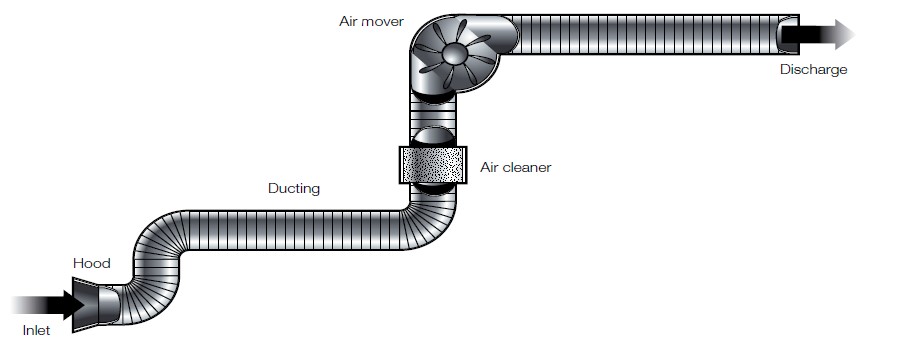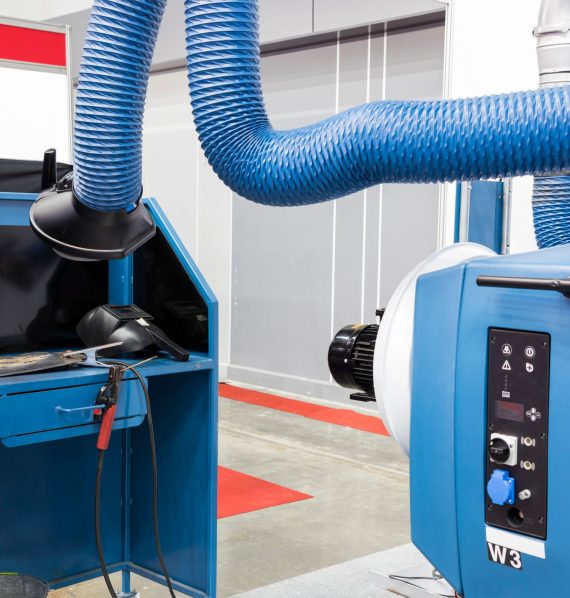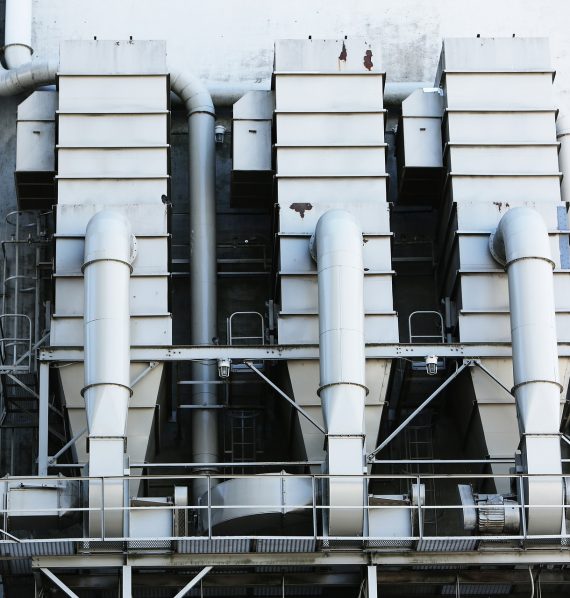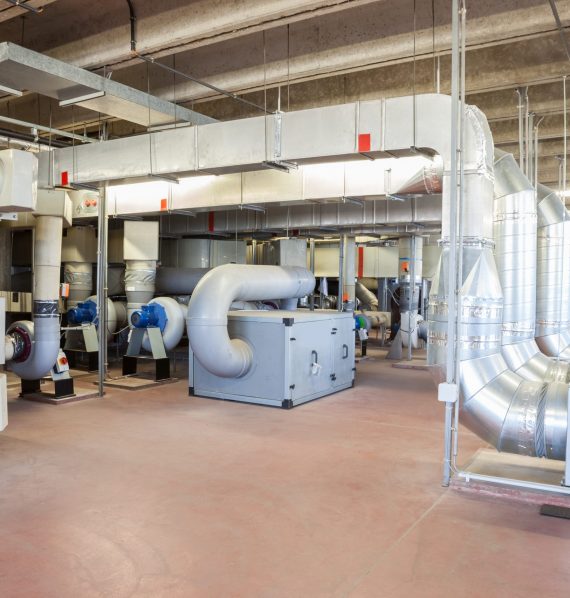Local Exhaust Ventilation
Local Exhaust Ventilation Testing is an assessment of the efficacy of the system at controlling the exposure to the individual. This is achieved through a system inspection, performance review and exposure monitoring.
LEV Testing
Local Exhaust Ventilation testing consists of a thorough system inspection, technical performance review and assessment of control effectiveness. In many instances effective LEV plays a crucial role in controlling the exposure to hazardous substances.

How often is thorough LEV Examination required?
COSHH – Regulation 9
- A maximum time of 14 months between tests
- It may be more frequent dependent on the process (speak to us for specialist advice).
What Local Exhaust Ventilation Testing involves
The condition of the system, conditions at the time of testing (e.g. workload) and how the system is being used are important factors in evaluating the system.
The dimensions of the ducting, along with its structure affects the flow rates. This typically involves taking capture hood and duct diameter measurements to determine air velocities and volumes.
The data is used to calculate current performance of the system to ensure it is capable of capturing and transferring the hazardous substance away from the individual.
Observation, smoke tubes, dust lamps, direct reading instruments and personal sampling pumps all provide information to support the assessment.


LEV Commissioning
Commissioning is an essential part of the installation process. The purpose of Local Exhaust Ventilation Testing is to:
- Provide Adequate Control, and
- Works according to the system design
The Commissioning Report details the qualitative and quantitative checks used to evaluate the effectiveness of control and the performance of the system.
Trust us with your LEV testing

